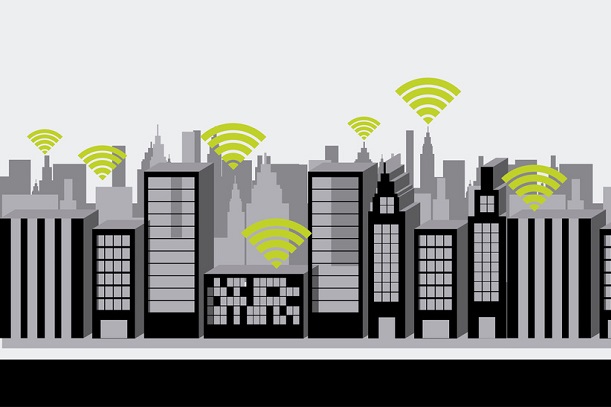The Wi-Fi Alliance has begun certifying WiGig products as it looks to show that Wi-Fi technology can also offer gigabit speeds over short distances.
While WiGig products have existed for several years, the certification programme brings interoperability across vendors to the ecosystem.
The technology operates in the 60GHz band, instead of the traditional 2.4GHz and 5GHz Wi-Fi bands, offering speeds of up to 8GBps at low latencies over distances of up to 10 metres.
It uses beamforming to get around its poor propagation characteristics and to eliminate interference.
The alliance is identifying wireless docking, augmented and virtual reality, high definition streaming, gaming and networking as among the applications WiGig could power.
Phil Solis, Research Director, ABI Research, said: “Wi-Fi Alliance certification has a strong history of accelerating broad technology adoption across the industry, and we expect 2017 to be a breakout year for WiGig on the heels of Wi-Fi Certified program availability.
“The ecosystem for WiGig spans the mobile, PC, and consumer electronics industries across the consumer, enterprise, and service provider markets. Devices will leverage the brand and ubiquity of Wi-Fi for continued momentum across these industries.”
Speaking to Mobile Europe, Edgar Figueroa, President and CEO of the Wi-Fi Alliance, said the reason the certification process took so long was because of the difficulty in ironing out interoperability across the different Wi-Fi bands.
He said: “60GHz radios are really difficult because of the frequency they operate on. There were issues with not just the timings related to messages being sent back and forth but also the technology such as beamforming, which is critical to the overall performance. We found a lot of the subtleties with implementation needed to be worked through in the lab.”
However, he said now these problems are ironed out, he expects certification will lead to strong sales growth.
“Consumers can now be confident using any Wi-Fi certified product. We have found once a technology has been certified, that opens the floodgates,” Figueroa said.
ABI Research has predicted 180 million WiGig chipsets will be shipped to the smartphone market next year, ahead of shipments of 1.5 billion by 2021.
The certification is the latest step in Wi-Fi’s largely successful defence against cellular networks offering greater speeds and higher capacities.
5G is the latest threat to its ubiquity but Figueroa said Wi-Fi will continue to be an “essential” part of operators’ connectivity solutions. He said: “Many of our development programs have 5G in mind. We are planning for 5G to be an integral part of the hetnet that will be 5G.”
Another threat to Wi-Fi is the increasing number of telcos wishing to play within unlicensed spectrum, whether through MulteFire technology or LTE-U, in a bid to meet ever increasing data demands.
Figueroa said his interest in these technologies is to ensure “good etiquette” and coexistence so the user experience is not affected. But does this “good etiquette” exist in discussions with the unlicensed players? He said: “Much more dialogue is needed. We are involved and participating [with other parties] and are hopeful the best solutions with the best etiquette come out of the discussions.”
Hardly a ringing endorsement but Figueroa is surely hopeful Wi-Fi stays as robust against new technologies as it did against previous generations of cellular.



